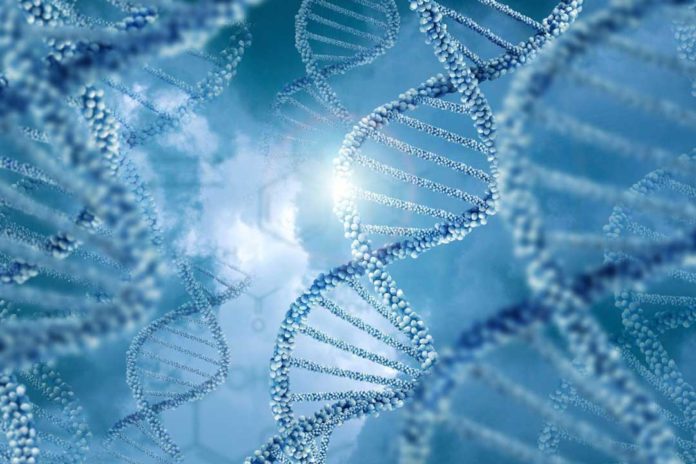Most ancient DNA (aDNA) data were generated through microarrays designed for modern-day populations, which are known to misrepresent the population structure.
Past examinations addressed these issues by utilizing ancestry informative markers (AIMs). Be that as it may, it is still unclear whether AIMs got from contemporary human genomes can catch ancient populace structures, and whether AIM-discovering techniques are pertinent to aDNA.
Scientists at the University of Sheffield studying ancient DNA by defining ancient AIMs (aAIMs) and developed a tool that allows hem to precisely identify ancient Eurasian populations. As reported, the tool can be used to test an individual’s similarity to ancient people who once roamed the earth.
The newly defined concept called Ancient Ancestry Informative Markers (aAIMs) – a group of mutations, are sufficiently informative to identify and classify ancient populations.
Scientists tested a small group of aAIMs and observed that it can be used to classify skeletons to ancient populations.
Dr. Eran Elhaik, from the University of Sheffield’s Department of Animal and Plant Sciences, said, “We developed a new method that finds aAIMs efficiently and proved that it is accurate.”
“We initially applied traditional AIMs-finding tools to ancient DNA data, but the outcomes were disappointing. Ancient populations are much more diverse than modern ones. Their diversity was reduced over the years following events such as the Neolithic revolution and the Black Death.”
“Although we have many more people today they are all far more similar to each other than ancient people. In addition, the ancient data themselves are problematic due to a large amount of degraded DNA.”
“To overcome these challenges, we developed a tool that identifies aAIMs by combining traditional methodology with a novel one that takes into account a mixture.”
“Ancient genomes typically consist of hundreds of thousands and sometimes millions of markers. We demonstrated that only 13,000 markers are needed to make accurate population classifications for ancient genomes and while the field of ancient forensics does not exist yet, these aAIMs can help us get much closer to ancient people.”
“Until now you couldn’t test people for ancient DNA ancestry because commercial microarrays, such as the ones used for genetic genealogy, don’t have a lot of markers relevant for paleogenomics – people could not study their primeval origins.”
“This finding of aAIMs is like finding the fingerprints of ancient people. It allows testing of a small number of markers – that can be found in a commonly available array – and you can ask what part of your genome is from Roman Britons or Viking, or Chumash Indians, or ancient Israelites, etc.”
Researchers said to make the study’s findings more accurate for identifying and classifying ancient people throughout the world, the framework and methods of the study should be applied again when more comprehensive ancient DNA databases are available.
The findings of the study are published in the journal Genes.
